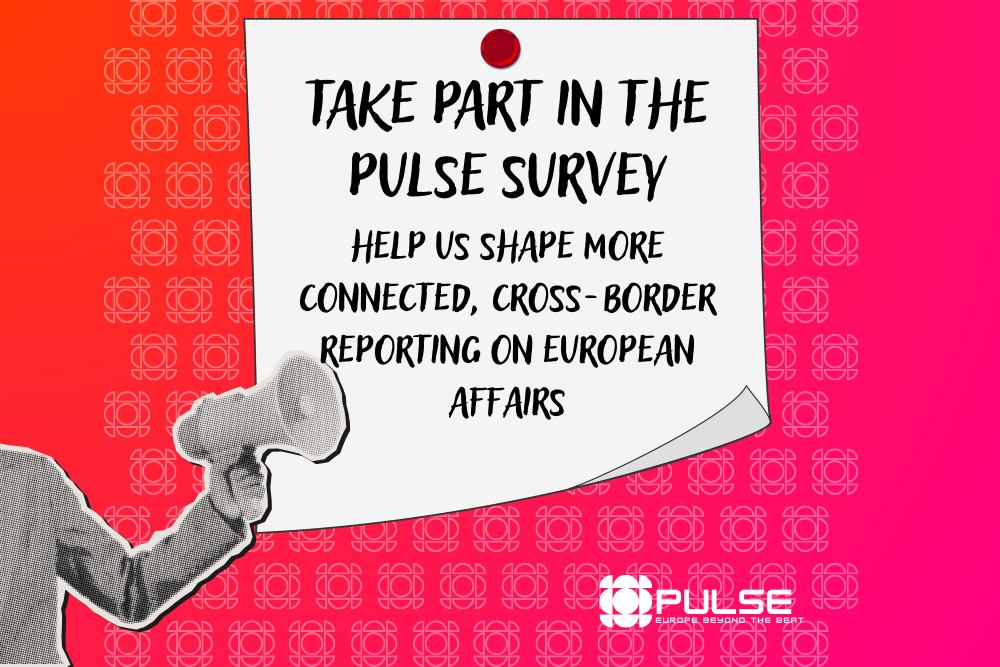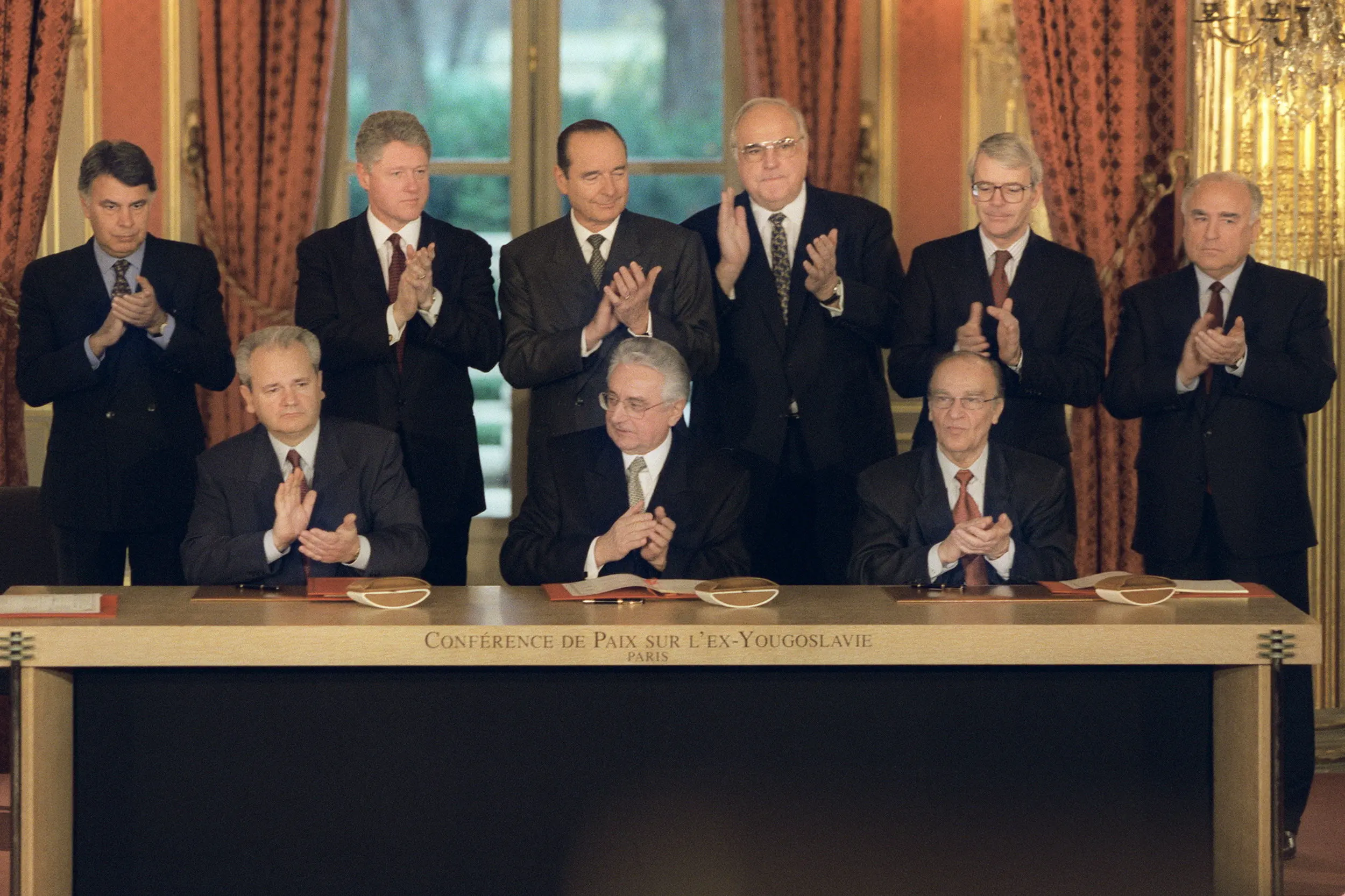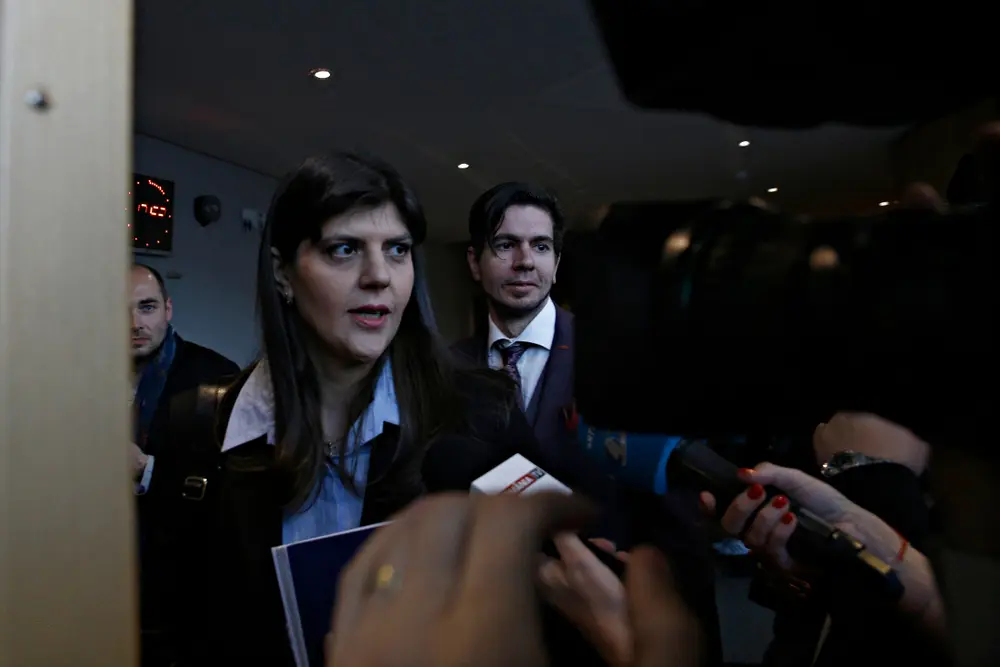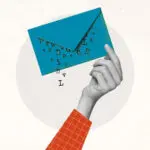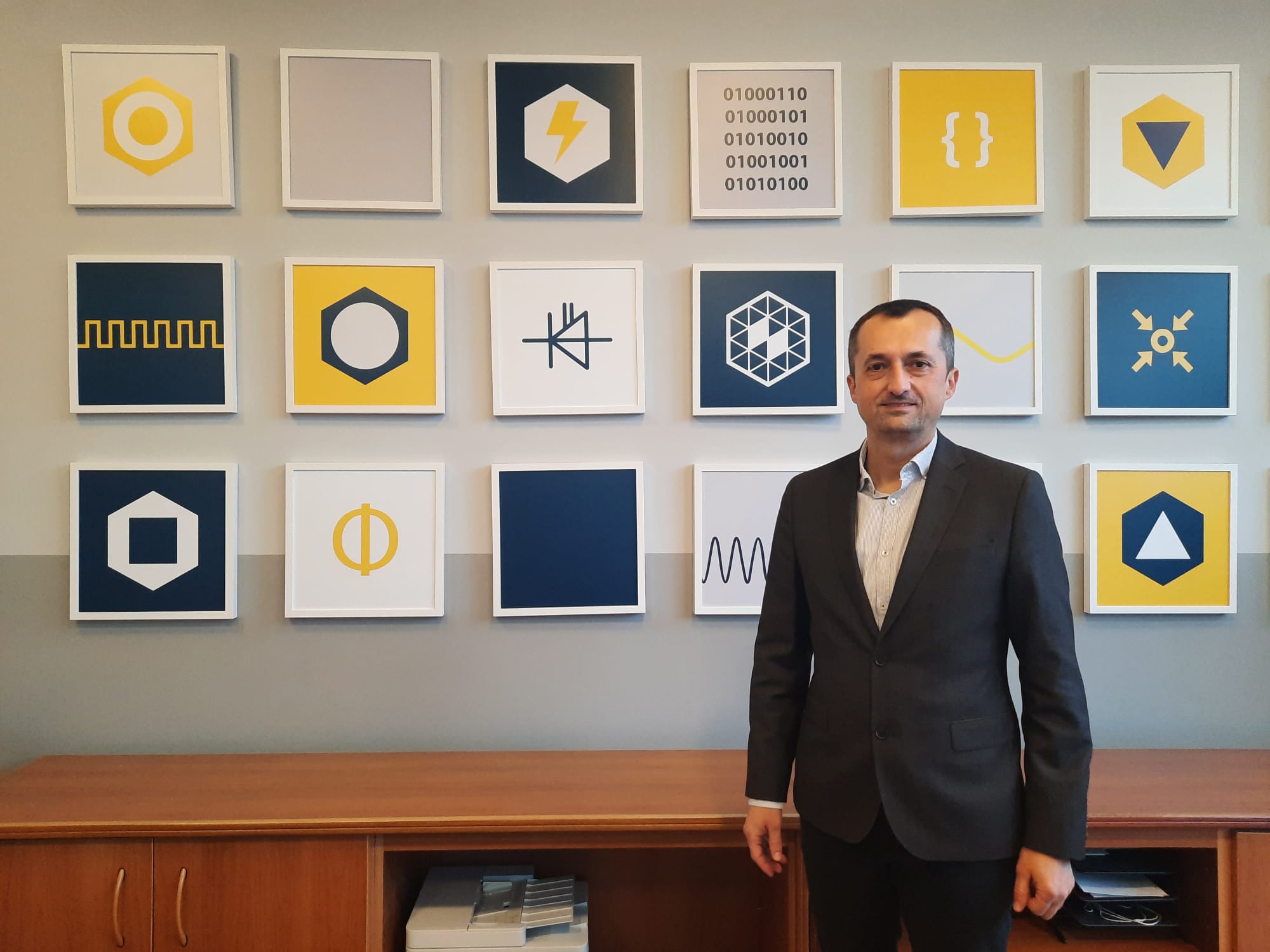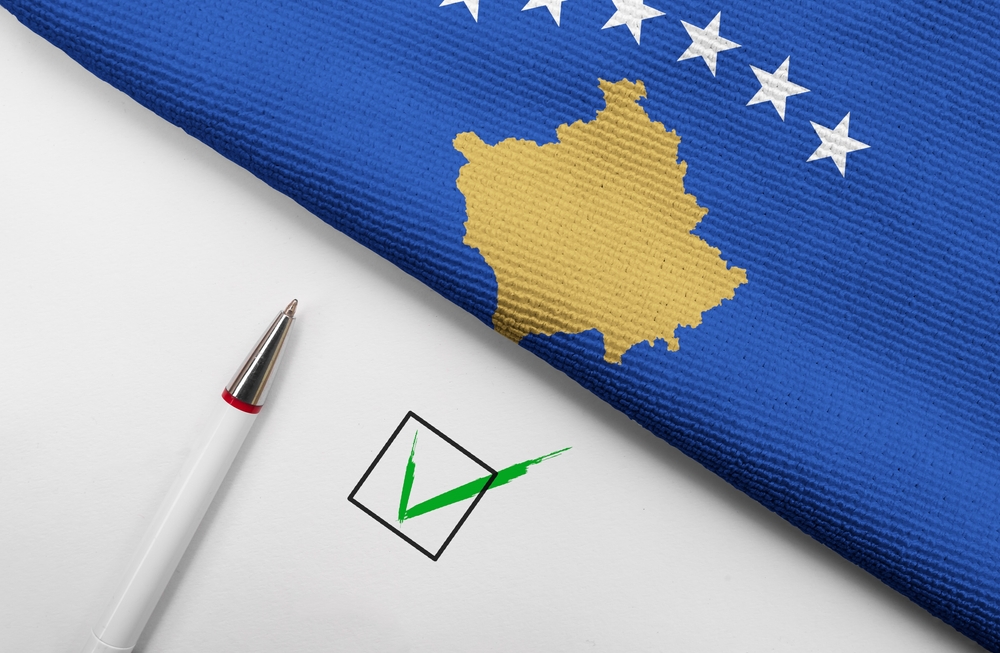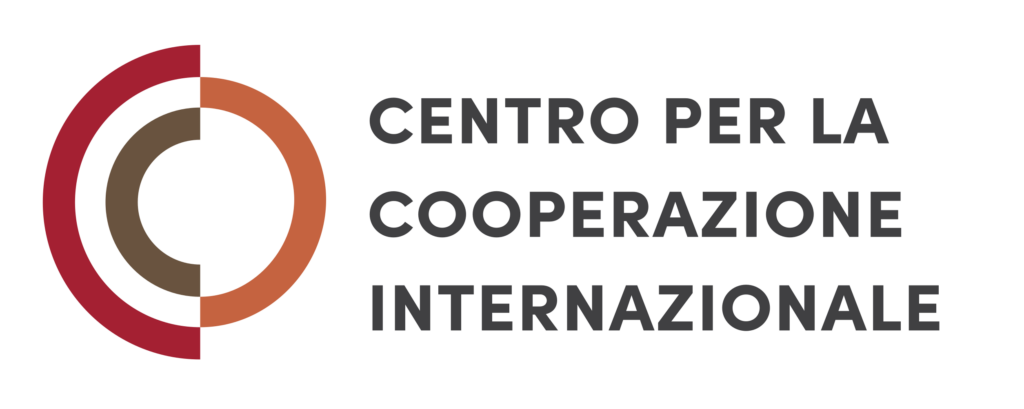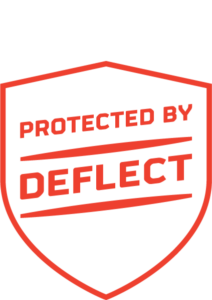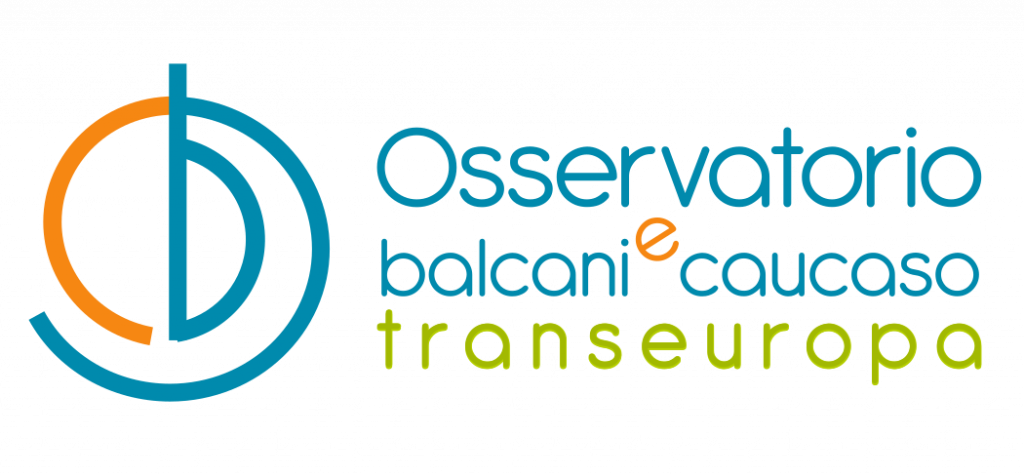Zoos in Bulgaria, an ecosystem in transition
Overcoming the controversial legacies of the past and finding a new role, between education on respect for nature and conservation of endangered species: the challenge for Bulgarian zoos in this interview
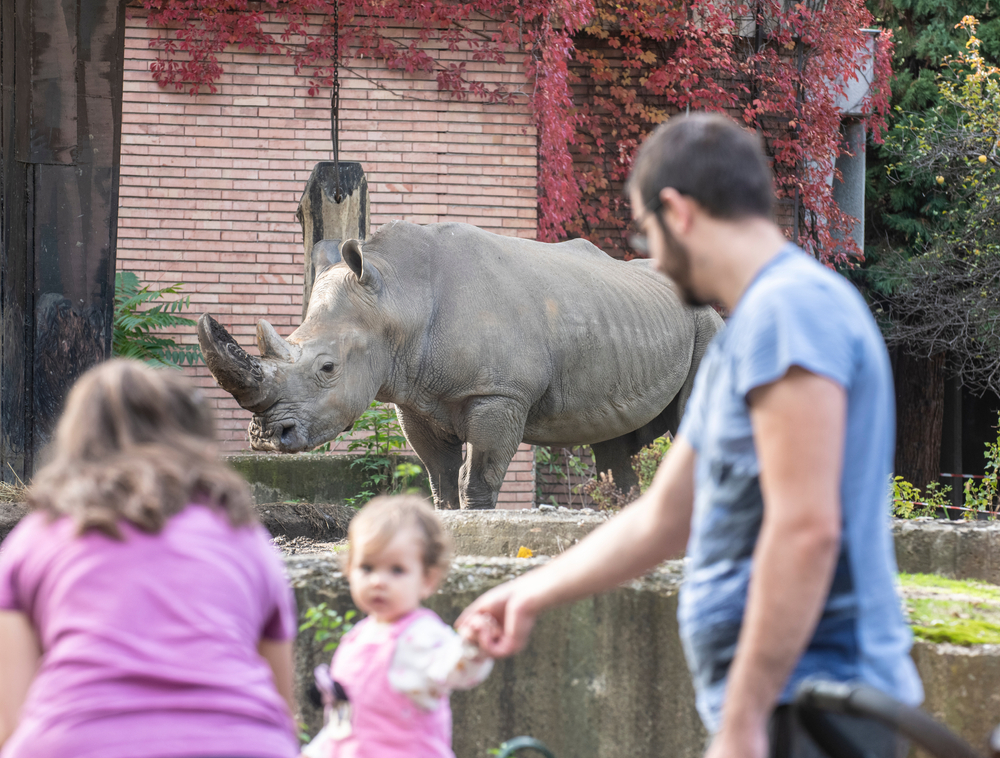
Zoos-in-Bulgaria-an-ecosystem-in-transition
In the Sofia zoo - © Circlephoto/Shutterstock
Can you give us an overview of the history and current situation of zoological parks in Bulgaria?
The oldest Bulgarian zoo is the one in Sofia. It was created in 1890 by king Ferdinand I, who also established the Varna Aquarium in 1906. The other zoos were opened under socialism.
According to a “Four Paws” report from 2021, there are currently 21 zoos in the country – probably more, considering aquariums, terrariums, natural history museums, butterfly houses and botanical gardens. Every institution, no matter how big or small, is important, because it gives people the chance to come close to nature in a unique way. What’s good about Bulgarian animal parks is that they are spread across the country, which means most people have access to one.
The animal roster in all of them is somewhat similar – some herbivores mammals, many kinds of birds, big cats, bears, monkeys and some domestic animals. Less common animals, like lemurs, hippos and elephants, can be found in Sofia. Bulgarian zoos often keep local fauna, which is something quite rare in western European ones, which focus mainly on South American, Asian and African species.
What is the current state of zoos in Bulgaria?
Zoos in Bulgaria are reasonably ethical in their approach and offer a decent place for relaxation. There are no bad practices like circus-like shows; allowing visitors to touch tigers; having malnourished or overweight animals; illegally smuggling animals from nature.
Their bane is their past. Little was known about animal behaviour and ecology in the past, which led to the building of the exhibits in a way that does not take into account many important things. Socialist architecture can still be seen: some zoos are almost like a time capsule to the sixties.
There are still good exhibits. This is mostly the case with herbivores like deer, camels, wild boars etc. Primates and big cats, on the other hand, are often kept in cages, while bears are kept in concrete holes.
How have Bulgarian zoos changed in recent years?
We are seeing changes, albeit slowly. It takes a lot of effort and funds to rebuild all the enclosures in a modern way, showcasing the animals’ natural habitat and their natural behaviour.
In the Sofia zoo, very good improvements are visible when it comes to the big cat and monkey enclosures – natural substrate floors instead of concrete, more space and vegetation.
Online research showed that the Dobrich zoo has integrated the surrounding forest into its enclosures. The Bear Sanctuary Belitsa also appears to have accounted for the needs of the animals.
The most important change is that Bulgaria finally has a zoo which is a member of the European Association of Zoos and Aquaria – EAZA. The Sofia zoo is a temporary member. Hopefully, it will become a full member.
What problems remain? And how to address them?
The enclosure problem needs to be solved. Cages and concrete pits should be a thing of the past. Zoos cling to their lions, tigers, leopards, bears and primates, because they attract visitors. Bulgarian zoo visitors have an outdated view of wildlife: they see animals as scary beasts and want a spectacle. Zoos need to address that and teach that a llama is just as interesting as a jaguar. There are no boring animals, and all species deserve to be respected and protected.
Zoos can create mixed species exhibits, which show the beauty of entire ecosystems. This concept is missing in the Bulgarian zoos. We are still seeing one species per enclosure, with exceptions like ponds with several different kinds of waterfowl.
The zoos housing carnivores and primates need to either renovate the enclosures to EAZA standards or let go of the animals they can’t keep. Incredible results can be achieved, even with just domestic animals, when some creativity and knowledge is applied.
We also need to talk about the visitor experience. Accessibility is basically nonexistent – no ramps, signs and pathways for the visually impaired, maps, audio guides, disabled parking spaces, rails, enough sitting places and restaurants. The toilet conditions are terrible, and this can really deter visitors from coming again.
In the past, zoos with poor living conditions for animals or operating without a license have been found in Bulgaria. Has the problem been solved?
There were zoo license controversies several years ago. Actions were taken since then. After a 2021 answer from the Ministry of Environment and Water, the Gabrovo and Razgrad zoos were fined for their bad practices. The Kyustendil zoo lost its license.
According to the document, the zoos in Sofia, Pavlikeni, Lovech, Knezha, Pleven, Blagoevgrad, Varna and Dobrich were granted a license or a partial license, despite not meeting all the requirements.
According to the “Four Paws” 2021 report, the zoos in Plovdiv, Gabrovo, Stara Zagora and Shumen lacked a license and were closed to the public, while the Kyustendil zoo was still open, despite having its license revoked.
I do not know whether the requirements have since been met.
The challenges of climate change are increasingly central to the design and concept of zoos in many European countries. Is Bulgaria following this trend?
Addressing ecological issues should be the main goal of every zoo. This includes biodiversity loss, climate change and pollution. Sadly, this is missing in the zoos that I have visited in Bulgaria. What we see is an animal in an enclosure, with a sign next to it, which states the name of the species, where it’s from and what its diet is. That’s it. The visitor, unless they are already well read, has no context about what they are seeing.
Western European zoos have signs with more information about the species threatened level, the reason for its decline and the measures taken for its conservation. Modern zoos offer online information, books and magazines, games, which inform about the topic and many more tools. Bulgarian zoos haven’t implemented that yet.
Some zoos borrow museum practices by showing off objects, like showing crocodile skin bags next to the crocodile exhibit. The threat to the animal is better shown this way.
Are Bulgarian zoos able to develop pedagogical and educational activities?
It is hard to tell. I know the Sofia zoo is pretty active with its zoo school. The others might be working with schools and universities, but there is no information. Every zoo needs to publish annual reports and a list all of its activities. It could be that there are zoos with zero zoo-pedagogical work. If that’s the case, then that needs to change.
Biology and ecology can’t only be taught in a classroom. Zoos are a great alternative.
Does the EU play an active role in monitoring standards and developing new practices in this area?
Yes, the EU regulates the keeping of wild animals and has an influence in Bulgaria. On paper, everything is well. The problem is, that the control and the actions taken are insufficient. The benefit is that being part of the EU allows public representatives to bring issues to court, which is happening.
Many are explicitly against zoos, considering them a legacy of the past. Do zoos have a meaning and a role in today’s world?
I encounter people with radical views about zoos. They usually haven’t worked with animals and have a poor understanding of the topic. It is wrong to make such broad assumptions and generalisations. Zoos around the world are transitioning from being places for mere entertainment to institutions which educate and preserve nature.
Modern zoos are responsible for the conservation of many species. I would recommend looking into the success stories of the Przewalski’s horse, the wisent and the addax antelope. Breeding programmes exist for many species, which serve as a backup, in case a species goes extinct in the wild.
If we lose a species, we lose it forever, and zoo successfully fight this. Modern zoos also work with kids, university students and even elderly people. They are very important educational facilities, which help people care about nature. Zoos can act as fundraisers for nature conservation organisations and projects. Many act as wildlife rescue stations, taking care of injured wildlife of confiscated exotic pets.
The argument zoo haters use is that the animals in captivity are prisoners, no matter how good the care and the enclosures are. The truth is that captive animals usually outlive their wild counterparts. In the wild, an animal fights for its life every day. In the zoo, when the right conditions are met, the animal lives stress-free. There are no vets in the wild. Zoo animals are ambassadors for conservation efforts.
It is very legitimate to criticise a zoo. Even very developed zoos have made baffling decisions, like shooting an animal in front of the visitors, or saying they want to kill animals not suited for breeding. Such moves definitely harm the greater cause and shouldn’t be tolerated. Public pressure has led to improvements in some countries. The same needs to be done in Bulgaria. I encourage people to visit zoos and form informed opinions.
Every zoo needs to be dedicated to the cause of preserving the environment and must play its part. Closing all zoos would be detrimental. Instead, we should aid their improvement in hopes of turning them into nature conservation centres.
factbox-onlysmall
Within the framework of the “Environment” program 2021-2027, European funds for a total of 1,520,000 euros contributed to a technical support project for zoos in Bulgaria. The aim of the project was to implement financing proposals for the modernization and reconstruction of the zoos involved, relaunching their role in animal conservation and protection according to modern concepts. The project, for a total value of approximately 1,800,000 euros, involved a large part of the zoos currently present in Bulgaria.
This material is published in the context of the project "Cohesion4Climate" co-funded by the European Union. The EU is in no way responsible for the information or views expressed within the framework of the project; the sole responsibility for the content lies with OBCT.
Tag: Cohesion for Climate
Featured articles
- Take part in the survey
Zoos in Bulgaria, an ecosystem in transition
Overcoming the controversial legacies of the past and finding a new role, between education on respect for nature and conservation of endangered species: the challenge for Bulgarian zoos in this interview

Zoos-in-Bulgaria-an-ecosystem-in-transition
In the Sofia zoo - © Circlephoto/Shutterstock
Can you give us an overview of the history and current situation of zoological parks in Bulgaria?
The oldest Bulgarian zoo is the one in Sofia. It was created in 1890 by king Ferdinand I, who also established the Varna Aquarium in 1906. The other zoos were opened under socialism.
According to a “Four Paws” report from 2021, there are currently 21 zoos in the country – probably more, considering aquariums, terrariums, natural history museums, butterfly houses and botanical gardens. Every institution, no matter how big or small, is important, because it gives people the chance to come close to nature in a unique way. What’s good about Bulgarian animal parks is that they are spread across the country, which means most people have access to one.
The animal roster in all of them is somewhat similar – some herbivores mammals, many kinds of birds, big cats, bears, monkeys and some domestic animals. Less common animals, like lemurs, hippos and elephants, can be found in Sofia. Bulgarian zoos often keep local fauna, which is something quite rare in western European ones, which focus mainly on South American, Asian and African species.
What is the current state of zoos in Bulgaria?
Zoos in Bulgaria are reasonably ethical in their approach and offer a decent place for relaxation. There are no bad practices like circus-like shows; allowing visitors to touch tigers; having malnourished or overweight animals; illegally smuggling animals from nature.
Their bane is their past. Little was known about animal behaviour and ecology in the past, which led to the building of the exhibits in a way that does not take into account many important things. Socialist architecture can still be seen: some zoos are almost like a time capsule to the sixties.
There are still good exhibits. This is mostly the case with herbivores like deer, camels, wild boars etc. Primates and big cats, on the other hand, are often kept in cages, while bears are kept in concrete holes.
How have Bulgarian zoos changed in recent years?
We are seeing changes, albeit slowly. It takes a lot of effort and funds to rebuild all the enclosures in a modern way, showcasing the animals’ natural habitat and their natural behaviour.
In the Sofia zoo, very good improvements are visible when it comes to the big cat and monkey enclosures – natural substrate floors instead of concrete, more space and vegetation.
Online research showed that the Dobrich zoo has integrated the surrounding forest into its enclosures. The Bear Sanctuary Belitsa also appears to have accounted for the needs of the animals.
The most important change is that Bulgaria finally has a zoo which is a member of the European Association of Zoos and Aquaria – EAZA. The Sofia zoo is a temporary member. Hopefully, it will become a full member.
What problems remain? And how to address them?
The enclosure problem needs to be solved. Cages and concrete pits should be a thing of the past. Zoos cling to their lions, tigers, leopards, bears and primates, because they attract visitors. Bulgarian zoo visitors have an outdated view of wildlife: they see animals as scary beasts and want a spectacle. Zoos need to address that and teach that a llama is just as interesting as a jaguar. There are no boring animals, and all species deserve to be respected and protected.
Zoos can create mixed species exhibits, which show the beauty of entire ecosystems. This concept is missing in the Bulgarian zoos. We are still seeing one species per enclosure, with exceptions like ponds with several different kinds of waterfowl.
The zoos housing carnivores and primates need to either renovate the enclosures to EAZA standards or let go of the animals they can’t keep. Incredible results can be achieved, even with just domestic animals, when some creativity and knowledge is applied.
We also need to talk about the visitor experience. Accessibility is basically nonexistent – no ramps, signs and pathways for the visually impaired, maps, audio guides, disabled parking spaces, rails, enough sitting places and restaurants. The toilet conditions are terrible, and this can really deter visitors from coming again.
In the past, zoos with poor living conditions for animals or operating without a license have been found in Bulgaria. Has the problem been solved?
There were zoo license controversies several years ago. Actions were taken since then. After a 2021 answer from the Ministry of Environment and Water, the Gabrovo and Razgrad zoos were fined for their bad practices. The Kyustendil zoo lost its license.
According to the document, the zoos in Sofia, Pavlikeni, Lovech, Knezha, Pleven, Blagoevgrad, Varna and Dobrich were granted a license or a partial license, despite not meeting all the requirements.
According to the “Four Paws” 2021 report, the zoos in Plovdiv, Gabrovo, Stara Zagora and Shumen lacked a license and were closed to the public, while the Kyustendil zoo was still open, despite having its license revoked.
I do not know whether the requirements have since been met.
The challenges of climate change are increasingly central to the design and concept of zoos in many European countries. Is Bulgaria following this trend?
Addressing ecological issues should be the main goal of every zoo. This includes biodiversity loss, climate change and pollution. Sadly, this is missing in the zoos that I have visited in Bulgaria. What we see is an animal in an enclosure, with a sign next to it, which states the name of the species, where it’s from and what its diet is. That’s it. The visitor, unless they are already well read, has no context about what they are seeing.
Western European zoos have signs with more information about the species threatened level, the reason for its decline and the measures taken for its conservation. Modern zoos offer online information, books and magazines, games, which inform about the topic and many more tools. Bulgarian zoos haven’t implemented that yet.
Some zoos borrow museum practices by showing off objects, like showing crocodile skin bags next to the crocodile exhibit. The threat to the animal is better shown this way.
Are Bulgarian zoos able to develop pedagogical and educational activities?
It is hard to tell. I know the Sofia zoo is pretty active with its zoo school. The others might be working with schools and universities, but there is no information. Every zoo needs to publish annual reports and a list all of its activities. It could be that there are zoos with zero zoo-pedagogical work. If that’s the case, then that needs to change.
Biology and ecology can’t only be taught in a classroom. Zoos are a great alternative.
Does the EU play an active role in monitoring standards and developing new practices in this area?
Yes, the EU regulates the keeping of wild animals and has an influence in Bulgaria. On paper, everything is well. The problem is, that the control and the actions taken are insufficient. The benefit is that being part of the EU allows public representatives to bring issues to court, which is happening.
Many are explicitly against zoos, considering them a legacy of the past. Do zoos have a meaning and a role in today’s world?
I encounter people with radical views about zoos. They usually haven’t worked with animals and have a poor understanding of the topic. It is wrong to make such broad assumptions and generalisations. Zoos around the world are transitioning from being places for mere entertainment to institutions which educate and preserve nature.
Modern zoos are responsible for the conservation of many species. I would recommend looking into the success stories of the Przewalski’s horse, the wisent and the addax antelope. Breeding programmes exist for many species, which serve as a backup, in case a species goes extinct in the wild.
If we lose a species, we lose it forever, and zoo successfully fight this. Modern zoos also work with kids, university students and even elderly people. They are very important educational facilities, which help people care about nature. Zoos can act as fundraisers for nature conservation organisations and projects. Many act as wildlife rescue stations, taking care of injured wildlife of confiscated exotic pets.
The argument zoo haters use is that the animals in captivity are prisoners, no matter how good the care and the enclosures are. The truth is that captive animals usually outlive their wild counterparts. In the wild, an animal fights for its life every day. In the zoo, when the right conditions are met, the animal lives stress-free. There are no vets in the wild. Zoo animals are ambassadors for conservation efforts.
It is very legitimate to criticise a zoo. Even very developed zoos have made baffling decisions, like shooting an animal in front of the visitors, or saying they want to kill animals not suited for breeding. Such moves definitely harm the greater cause and shouldn’t be tolerated. Public pressure has led to improvements in some countries. The same needs to be done in Bulgaria. I encourage people to visit zoos and form informed opinions.
Every zoo needs to be dedicated to the cause of preserving the environment and must play its part. Closing all zoos would be detrimental. Instead, we should aid their improvement in hopes of turning them into nature conservation centres.
factbox-onlysmall
Within the framework of the “Environment” program 2021-2027, European funds for a total of 1,520,000 euros contributed to a technical support project for zoos in Bulgaria. The aim of the project was to implement financing proposals for the modernization and reconstruction of the zoos involved, relaunching their role in animal conservation and protection according to modern concepts. The project, for a total value of approximately 1,800,000 euros, involved a large part of the zoos currently present in Bulgaria.
This material is published in the context of the project "Cohesion4Climate" co-funded by the European Union. The EU is in no way responsible for the information or views expressed within the framework of the project; the sole responsibility for the content lies with OBCT.
Tag: Cohesion for Climate


